About The Major
Meet the Major
Major Malcolm Wheeler-Nicholson, a true pioneer in the world of comics. In 1934, he had a bold vision to publish original comic magazines, a venture that was risky amid the Great Depression. But “The Major” as he was known, persevered and laid the foundation for what we now know as DC Comics, which has thrived for over 85 years.
Wheeler-Nicholson’s journey started in the mountains of Tennessee, where he was born on January 7, 1890. Raised by his mother, suffragette Antoinette Wheeler-Strain, he adopted her hyphenated name, Wheeler- Nicholson after she married TJB Nicholson in 1902. He had a diverse upbringing, living in Portland, Oregon, and on a horse ranch in Washington State.
His military career began in 1912, when he became a 2nd Lieutenant in the U.S. Cavalry. He quickly rose through the ranks, becoming one of the youngest majors in the Cavalry at just 27. His adventures included action on the Mexican border and commanding the famed African-American Buffalo Soldiers in the Philippines.
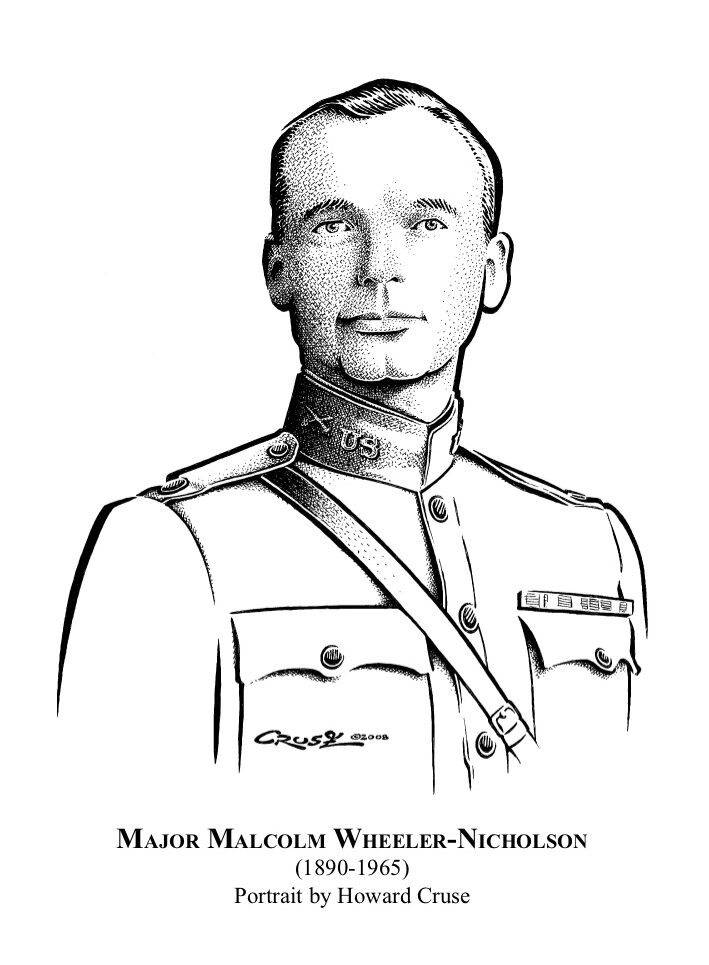
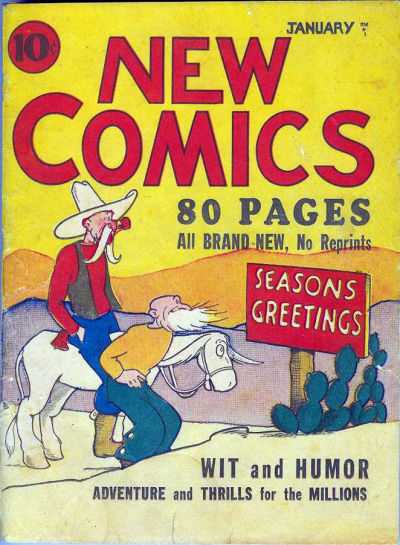
Notably, he challenged prejudice by showcasing his troops’ machine gun prowess. After World War I, he served in diplomatic roles in Siberia, navigating the complex alliances. His military career ended on a dramatic note. During a court martial there was what appeared to be an assassination attempt. Charges were dropped with the exception of his writing an open letter to President Harding appearing in the New York Times. Some suggest this was related to his defense of the Buffalo Soldiers against harassment.
Transitioning to civilian life, Wheeler-Nicholson pursued a literary career. He authored notable works like “The Modern Cavalry” and “The Corral of Death,” showcasing his diverse talents. He established Wheeler-Nicholson Inc., a newspaper syndicate, in 1925, but it initially faced setbacks. However, his adventure stories found success in pulp magazines.
Living in France, the family’s fortunes took a hit during the 1929 Stock Market Crash, leading them back to New York. Wheeler-Nicholson returned to syndicating comic strips and recognized the potential of comic books. He believed they could provide simple humor and archetypal heroes during a dark time, not just reprints of newspaper strips but innovative and artistic adaptations of literary classics in addition to original comics.
In early 1935, “New Fun” debuted, featuring educational content, classics like “Ivanhoe” and humor strips. This laid the groundwork for “Detective Comics,” which showcased adventure stories in a format reminiscent of pulp fiction.
Legends like Siegel and Shuster, Bob Kane, and others contributed to the growing comic book industry. Despite facing financial challenges and mob-controlled distribution, Wheeler-Nicholson persevered. In 1936, he secured financing from Harry Donenfeld and Jack Liebowitz but was eventually forced out by them in 1938.
This change in ownership of his company also affected Siegel and Shuster who unwittingly gave away their rights to Superman to the new owners, sparking a long legal battle. Wheeler-Nicholson’s contributions extended beyond comics; he wrote on military history during WWII and developed industrial patents in the 1950s. He passed away September 21, 1965. In 2008, he was honored with an Eisner Award for his comic book industry contributions and was inducted into the Comic Book Hall of Fame.
Major Malcolm Wheeler- Nicholson’s vision and the ensuing creative explosion that pushed the boundaries of comics ensured his place as a main founder of one of the most enduring icons of modern American culture—the comic book.
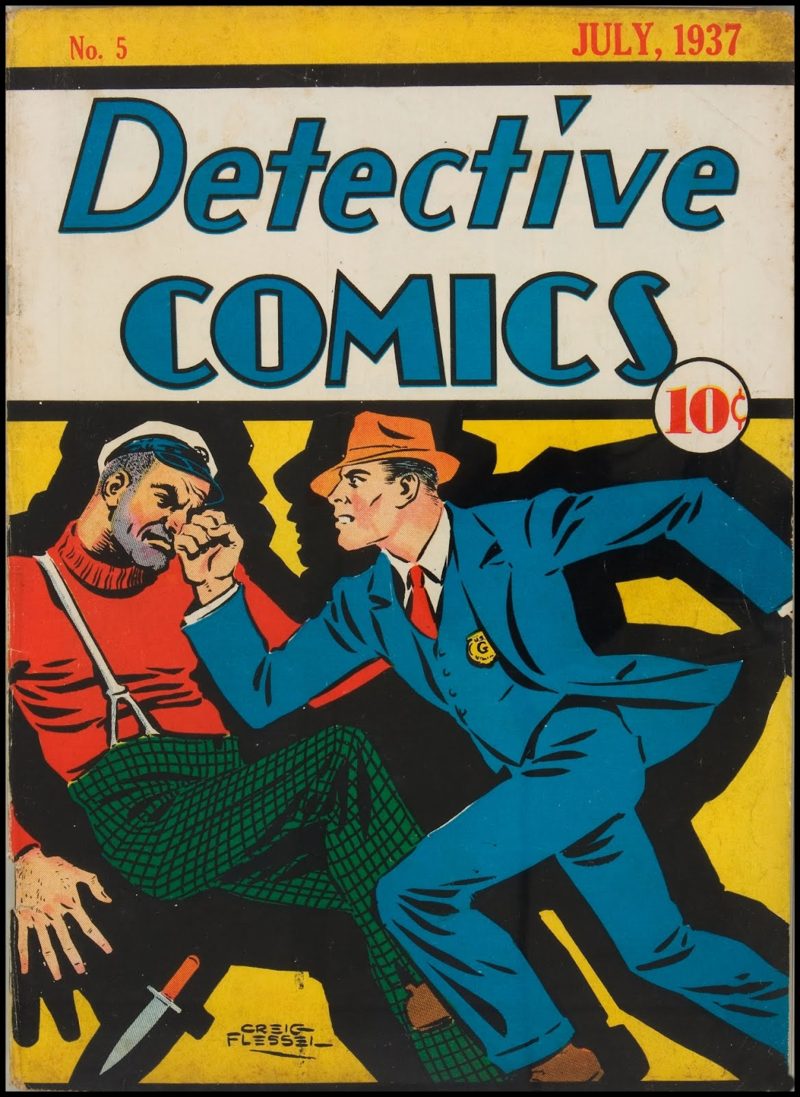
Read more about The Major!
After experiencing the tactics used against him in 1938 to force him into bankruptcy and take his company, DC Comics, out from under him, the Major in stiff upper lip manner, refused to ever mention it again. Before the Internet, information was scattered in a newspaper here and a magazine there and often unavailable. News did not rocket around at the speed of light becoming viral in nature. It never occurred to the Major that one day all the misinformation and half-truths and insinuations about him would be almost the only things that remained of his legacy.
Thanks to the work of some of the artists, writers and comic book and pulp historians listed below the true story of the Major’s legacy is becoming more widely known.
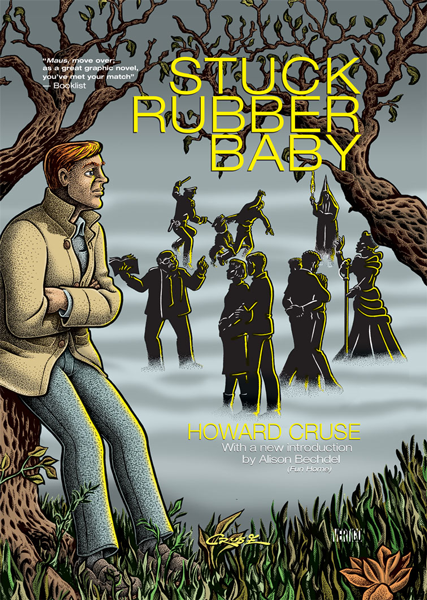
Howard Cruse
Many thanks to Howard Cruse for the right to use his beautiful drawing of the Major here on the website, blog, Facebook and elsewhere. Howard was a long time friend and a brilliant artist with many credits to his name including The Village Voice. His graphic novel Stuck Rubber Baby should not be missed. A new edition, published by Vertigo, DC’s line for comics and books for mature readers is now available. It has a foreword from Alison Bechtel and a haunting new cover from Howard. There is oh, so much more. If you don’t know his work do yourself a favor and rush over to his blog.
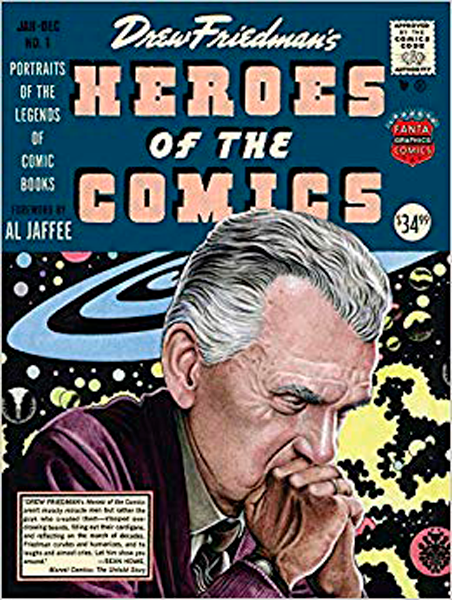
Drew Friedman
Drew is one of the fine artists working today. He has many books to his credit including the 2014 release Heroes of the Comics: Portraits of the Legends of Comic Books published by FantagraphicsBooks. Besides the portrait and information on the Major, Heroes is filled with 75 stunning illustrations of comic book legends from the industry’s birth into the 50’s. Each portrait is accompanied by a short essay.
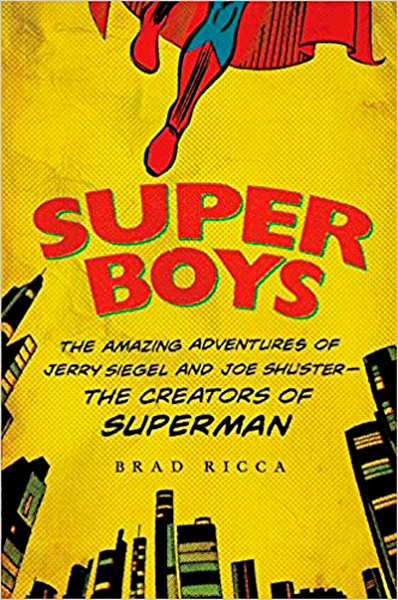
Brad Ricca
Brad is a comics historian and professor at Case Western whose book Super Boys: The Amazing Adventures of Jerry Siegel and Joe Shuster was released in 2013 with a new paperback edition released in 2014. Brad generously included a chapter on the Major in his detailed study of Siegel and Shuster, the creators of Superman. We appreciate his careful fact checking and shared information. Super Boys is not only a fun read but also full of new information.
Comics Scholarship and Anecdotal History
Much of the history of comics until recently is a repetition of what scholars refer to as anecdotal evidence–great stories we all love. However, some of them might be a bit enhanced for dramatic effect or may be skewed by axes the teller has to grind. That’s why academic scholarship and detailed research are important to add to all the fun stories from early pioneers in the genre. Much of what was known about the Major falls under the category of anecdotal evidence and that’s why the following books are good reads towards learning the facts of the Major’s life.
Thanks to the work of some of the artists, writers and comic book and pulp historians listed below the true story of the Major’s legacy is becoming more widely known.
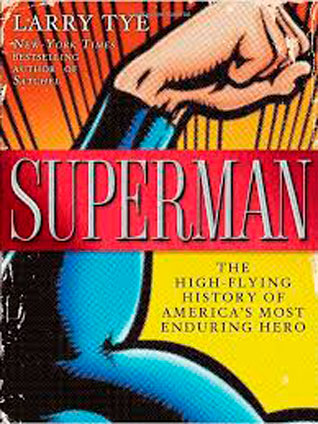
Larry Tye
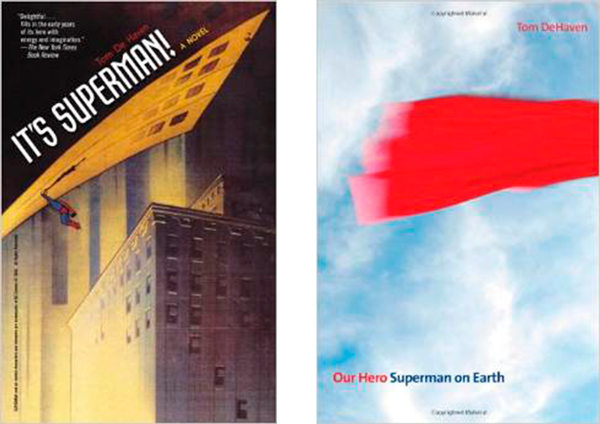
Tom DeHaven
Tom, Virginia Commonwealth University retired professor, is mostly a fictional writer and a writer other writers envy. He has a unique style and his fictional books about comics are super. Derby Dugan’s Depression Funnies was the 1997 American Book Award winner. It’s Superman details the life of Clark Kent just after graduation from High School in Smallville and prior to his arrival in Metropolis. The blog, Bookslut has an excellent review with more detail. Tom very generously involved us in a non-fiction book for Yale University Press, Superman, Our Hero on Earth published in 2010 and made every effort to ensure that his information about the Major was correct. He is one of the true gentleman and scholars.
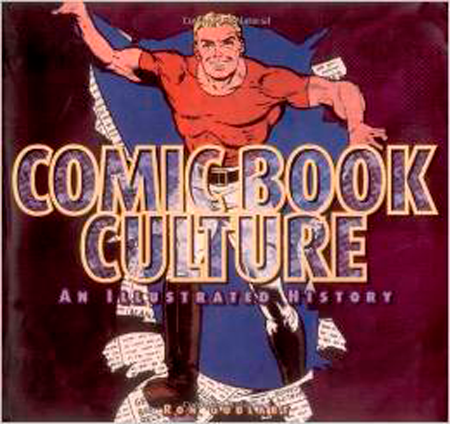
Ron Goulart
Ron’s book Comic Book Culture: An Illustrated History published in 2000 is another classic. Ron was not only an excellent comics and pulp historian but always treated the Major with respect and not like a cartoon character. Mr. Goulart spent his time wisely listening to all the pioneers in comics and is a storehouse of information. His non-fiction books are well-researched and great reads. You couldn’t do better than to start with him if you’re new to the game. And don’t forget to check out his fiction.
